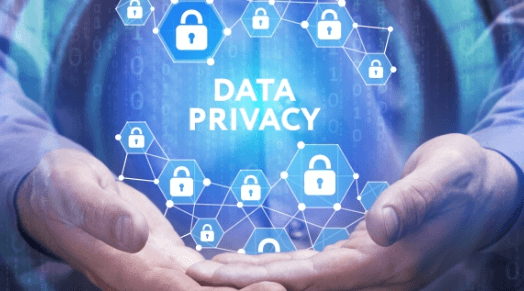Organizations of any size are concerned about data privacy, and they have good reasons for it. Data breaches, security threats, and cybercrime can lead to negative and harmful consequences for anyone, so it becomes important to know and comply with data privacy regulations.
Organizations that want to comply with data privacy regulations have to ensure data integrity, confidentiality, and availability with physical, technical, and administrative controls. These controls must be effective enough in detecting and stopping unauthorized access to data.
Here are four tips that we recommend technology leaders implement in their organization to ensure compliance with data privacy regulations:
1. Understand the core of privacy regulations
Ensuring legal compliance should be a key part of every company’s strategy and objectives. Protecting your customers’ data and trust is not optional, but a must nowadays. It is not just the responsibility of the owner, known as the controller, of the data but the liability, risk, and responsibility is passed on to the supplier, vendor or any third party engaged. Luckily, there are privacy management platforms that incorporate legal guidance, like DataGuidance, OneTrust, or Nymity, that you can use to keep up-to-date and to consult on any necessary legal changes around data privacy.
2. Create a strong privacy foundation:
Organizations should create a strong privacy foundation and have a well-thought-out policy to stay ahead of the game. By institutionalizing data privacy as a core value, it will be easier to react to changing regulations or specific legal obligations because the infrastructure, personnel, and awareness are already in place. Stay transparent with your customers through consent management and clearly defined and stated privacy policies.
3. Appoint a Privacy Officer or a Privacy team.
Evaluate how your business handles data. Do you fall under the data controller, data processor, or a third-party category? Ask yourself the following questions:
- What type of data as an organization do you have to?
- What is the flow of data and where do we fall in that flow)?
- What is the origin of data or what data do you have access to?
- What contractual obligations if any (either coming directly from contracts or through DPA) do we have?
- What is the work is performed by your organization?
Once you understand your role as per required privacy laws, create a Data Privacy office or appoint a Data Protection Officer (DPO), depending on the organization size. In order to be and stay compliant, continual monitoring, and governance of data privacy legislation, policies, incidents is highly required and can be done so through your DPO.
4. Cultivate general awareness
In order to create a culture of privacy in an organization, it is important to educate both technical and non-technical members about their role in privacy, security, and respecting and protecting the personal information of the organization and customers. Creating an awareness campaign that is tailored to the organization is likely to have a profound effect on its success.
Ultimately, creating a culture of “privacy is everyone’s responsibility” will save an organization time, stress, and money.
Ready to get started? No matter where you are in your data privacy journey, we are here to help. Get started now!
Recent Blogs

LLMs – Self-Hosting or APIs? The Million Dollar Question
April 16, 2025

Fashion Retail in the Age of AI: Redefining Design and Customer Experience with Data & Intelligence
April 11, 2025

Navigating the Tariff Shock: How AI and Advanced Analytics Fuel Supply Chain Resilience
April 7, 2025

From Data to Decisions: The Evolving Role of Data Science & AI in Supply Chain
March 20, 2025


